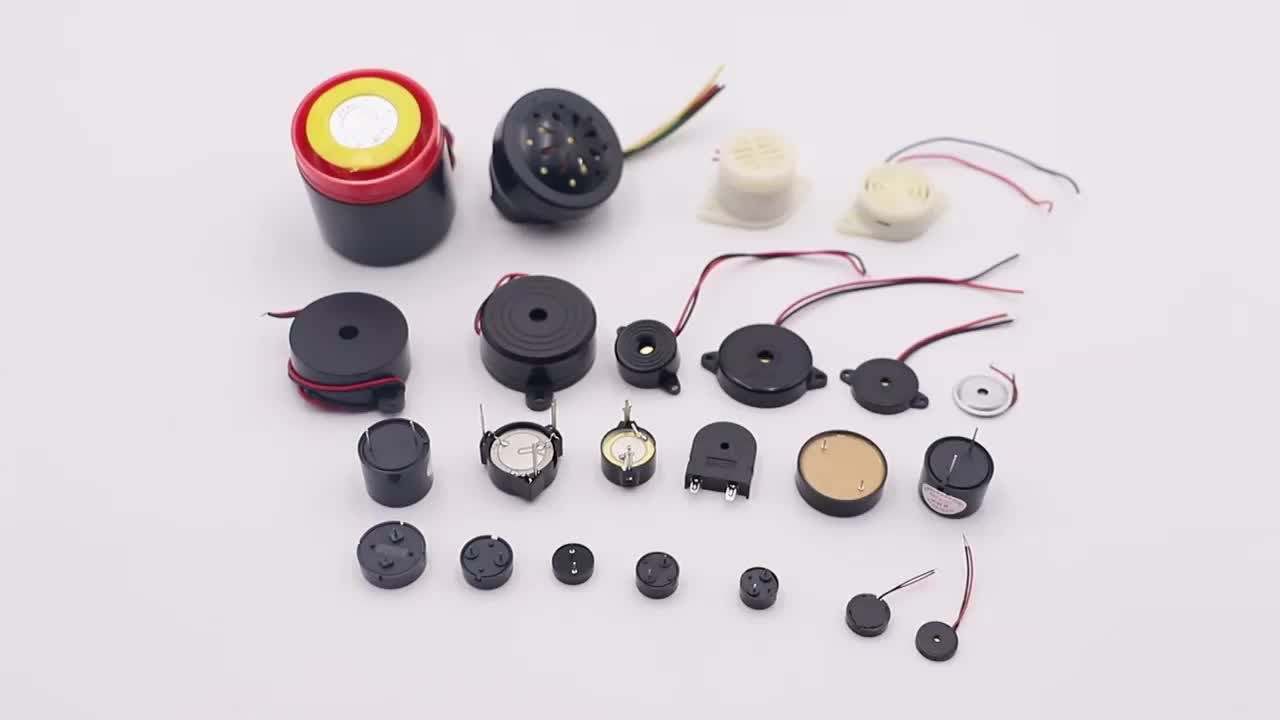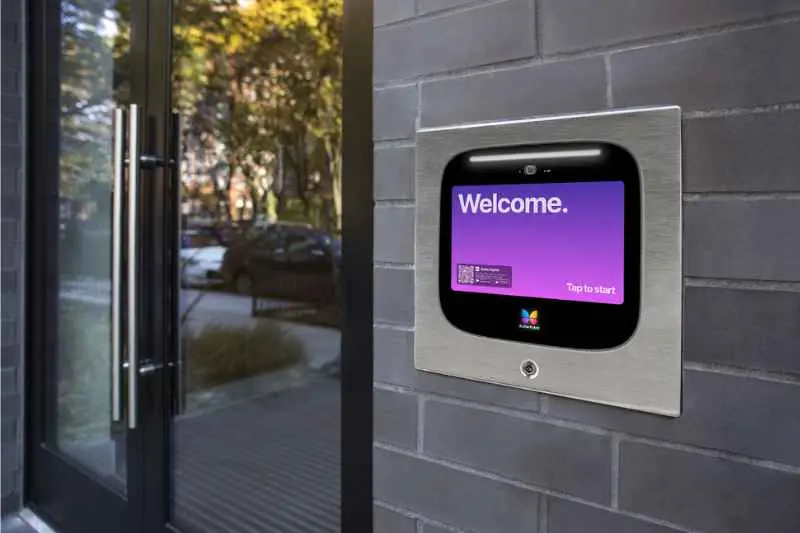Common buzzer problems include malfunctioning wiring, faulty connections, power issues, and component failures, which may disrupt entry access and compromise security.
Don’t Get Buzzed: Tips for Troubleshooting Faulty Connections
Reliable internet connections have become an essential part of our daily lives. Whether it’s for work, entertainment, or staying connected with loved ones, a stable and fast internet connection is crucial. However, connection issues can arise from time to time, causing frustration and inconvenience. In this article, we will explore common connection issues and provide steps to troubleshoot and resolve them.
Recognizing Common Connection Issues
Slow internet speeds
One of the most common connection issues is slow internet speeds. This can be frustrating when trying to stream videos, download files, or even browse the web. Slow speeds can be caused by various factors such as network congestion, outdated equipment, or even the distance between your device and the router.
Intermittent connectivity
Intermittent connectivity refers to a connection that keeps dropping or disconnecting at random intervals. This can be particularly frustrating when you’re in the middle of an important video call or trying to complete an online transaction. Intermittent connectivity can be caused by a weak Wi-Fi signal, interference from other devices, or even outdated firmware.
No internet connection
Perhaps the most frustrating connection issue is when you have no internet connection at all. This can happen for various reasons such as a problem with your ISP (Internet Service Provider), a faulty modem or router, or even issues with your device’s network settings.
Checking for Loose Cables and Wires
Loose cables and wires are a common cause of connection issues. When cables are not securely plugged in, they can cause intermittent connectivity or even a complete loss of connection. Loose cables can also lead to slower internet speeds as the signal may not be able to transmit properly.
To check for loose cables and wires, start by inspecting the connections between your modem or router and the wall outlet. Ensure that all cables are securely plugged in and that there are no visible signs of damage. Additionally, check the connections between your modem or router and your device (e.g., computer, smartphone). If any cables are loose, gently push them in until they click into place.
Testing Power Sources and Outlets
Power sources and outlets can also affect your internet connection. If there is a problem with the power source or outlet, it can cause your modem or router to lose power or not function properly. This can result in slow speeds, intermittent connectivity, or no internet connection at all.
To test the power source and outlets, start by checking if the power cord is securely plugged into the modem or router and the wall outlet. If it is, try plugging another device into the same outlet to see if it receives power. If the other device does not receive power, there may be an issue with the outlet itself. In this case, try plugging your modem or router into a different outlet to see if that resolves the issue.
Resetting Devices and Modems
Resetting devices and modems can often solve connection issues by clearing any temporary glitches or conflicts that may be causing the problem. It essentially gives your devices a fresh start and allows them to establish a new connection.
To reset your devices and modems, start by turning off your computer, smartphone, modem, and router. Unplug the power cords from both the modem and router, as well as any other connected devices such as switches or extenders. Wait for about 30 seconds before plugging the power cords back in. Once all the devices have powered on, turn on your computer or smartphone and check if the connection issue has been resolved.
Updating Software and Firmware
Outdated software and firmware can cause connection issues as they may not be compatible with the latest network protocols or security measures. This can result in slow speeds, intermittent connectivity, or even no internet connection at all.
To update your software and firmware, start by checking for updates on your computer or smartphone. Most operating systems have a built-in update feature that allows you to download and install the latest updates. For your modem or router, visit the manufacturer’s website and look for firmware updates specific to your model. Follow the instructions provided by the manufacturer to update the firmware.
Adjusting Network Settings
Network settings can affect connections as they determine how your device communicates with the network. Incorrect or misconfigured network settings can lead to slow speeds, intermittent connectivity, or no internet connection at all.
To adjust network settings, start by accessing the settings menu on your computer or smartphone. Look for the network settings section and check if everything is configured correctly. Ensure that you are connected to the correct Wi-Fi network, that DHCP is enabled (if applicable), and that there are no conflicting IP addresses. If you are unsure about any of the settings, consult the user manual or contact technical support for assistance.
Using Diagnostic Tools and Utilities
Diagnostic tools and utilities are software programs or features that help identify and troubleshoot connection issues. They can provide valuable information about your network status, signal strength, and any potential problems that may be affecting your connection.
To use diagnostic tools and utilities, start by accessing the network settings on your computer or smartphone. Look for the diagnostic or troubleshooting section and follow the instructions provided. These tools may perform tests such as pinging a specific server, checking signal strength, or scanning for any potential issues. Once the tests are complete, review the results and follow any recommended steps to resolve the connection issue.
Contacting Technical Support
There may be instances where you have tried all the troubleshooting steps mentioned above and still cannot resolve the connection issue. In such cases, it is advisable to contact technical support for further assistance. Technical support teams are trained to handle complex connection issues and can provide guidance or even schedule a technician visit if necessary.
To contact technical support, start by locating the contact information for your ISP or device manufacturer. This can usually be found on their website or in the user manual. Call the provided phone number or use the online chat feature to reach a support representative. Explain your connection issue in detail and provide any relevant information or steps you have already taken to troubleshoot the problem. The support representative will guide you through additional troubleshooting steps or escalate the issue if needed.
Preventing Future Connection Problems
While it’s impossible to completely eliminate all connection problems, there are steps you can take to minimize their occurrence. These include keeping your software and firmware up to date, using strong passwords for your Wi-Fi network, regularly restarting your devices and modems, and avoiding physical obstructions that may interfere with your Wi-Fi signal.
To prevent future connection problems, make it a habit to regularly check for software and firmware updates on your devices and modems. Use strong passwords for your Wi-Fi network and consider changing them periodically. Restart your devices and modems every few weeks to clear any temporary glitches. Finally, ensure that your modem or router is placed in a central location and away from physical obstructions such as walls or large appliances.
Knowing When to Call in the Professionals
There may be instances where the connection issues are beyond your expertise or require specialized equipment to diagnose and resolve. In such cases, it is advisable to call in the professionals. This can include network technicians, IT consultants, or even contacting your ISP for assistance.
To find and hire a professional, start by asking for recommendations from friends, family, or colleagues who have had similar connection issues. You can also search online for local network technicians or IT consultants in your area. Read reviews and check their credentials before contacting them for a consultation. During the consultation, explain your connection issue and ask for a quote or estimate for their services. Compare multiple quotes before making a decision.
In conclusion, reliable internet connections are essential in today’s digital age. However, connection issues can arise from time to time, causing frustration and inconvenience. By recognizing common connection issues and following the steps outlined in this article, you can troubleshoot and resolve most problems on your own. Remember to regularly update your software and firmware, check for loose cables and wires, and adjust network settings as needed. If all else fails, don’t hesitate to contact technical support or seek professional assistance. With a little patience and perseverance, you can enjoy a stable and fast internet connection.

